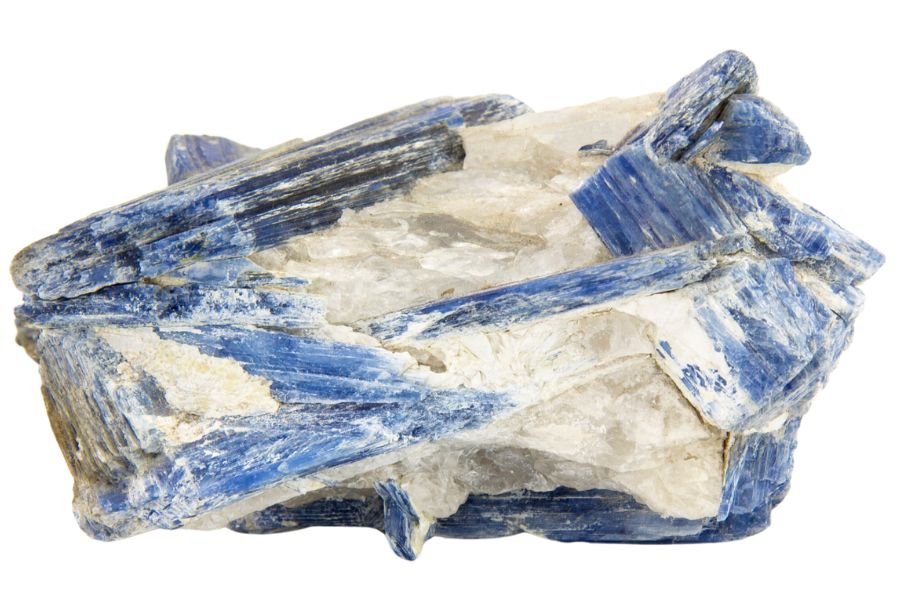Did you know that Connecticut is home to some pretty valuable rocks, minerals, and gems? I can tell you it’s like a treasure hunt right in your backyard, you’ll be surprised by what’s out there.
For instance, did you know that Connecticut is known for its rare blue gemstones like kyanite and the stunning garnet? These gems can fetch a nice price if you find the right piece.
But here’s the thing – you don’t have to be an expert to get started. I’ll show you where to look and what to expect, so you can start your own collection or maybe even make a little money along the way.
The Most Valuable Rocks, Minerals, And Gems You Can Find In Connecticut
These are Connecticut’s best-kept Rocks, Minerals, And Gems.
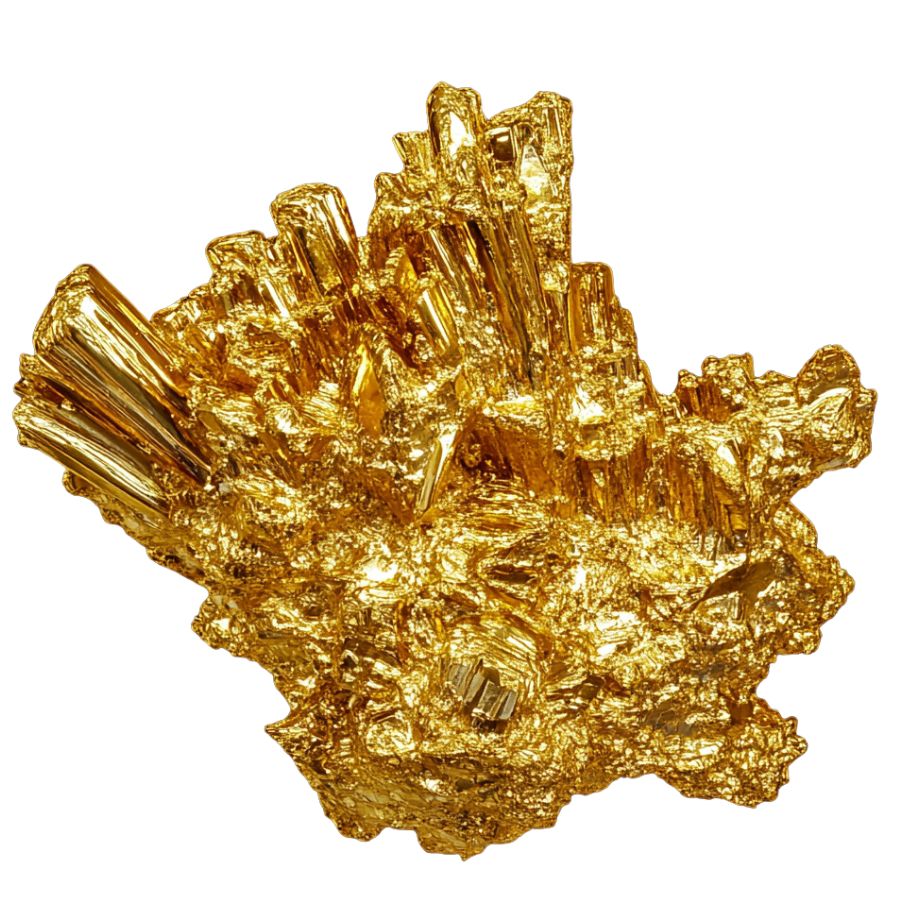
Gold
Gold is one of the most valuable minerals in the world, and Connecticut has its own hidden deposits waiting to be discovered.
What it is and the types of it found in Connecticut
Gold found in Connecticut is mostly in the form of placer gold, which is gold that has been naturally weathered and worn down by water over time.
This gold typically shows up as small, shiny flakes or nuggets, often mixed with sand and gravel in riverbeds.
Why it’s valuable
Gold has been highly prized for centuries because of its rarity and beauty. In Connecticut, finding gold isn’t exactly easy, so any gold you do come across is a great find.
Not only is it valuable because of its intrinsic worth, but it can also be melted down and repurposed for jewelry or investment. Plus, there’s something so exciting about the idea of finding a piece of history right beneath your feet! Learn more about the Gold in Connecticut with our guide – packed with must-know tips!
Great places to find it here
If you’re eager to hunt for gold in Connecticut, here are a few places that are known for yielding some golden finds:
- Farmington River – This river has a history of gold mining and remains a good place for panning. Gold has been discovered here since the 1800s, and you can still find small flakes and nuggets today.
- Shepaug River – This river in the western part of the state is another spot with a history of gold discoveries. It’s a popular area for recreational gold panning and prospecting.
- Housatonic River – One of the most well-known spots for gold prospecting in Connecticut. With its mix of fast-moving water and deep pools, it’s a great location to find placer gold.
Each of these rivers offers its own unique opportunities for gold hunters, so grab a pan, get your hands dirty, and you might just strike gold!
If you want REAL results finding incredible rocks and minerals you need one of these 👇👇👇
Finding the coolest rocks in isn’t luck, it's knowing what to look for. Thousands of your fellow rock hunters are already carrying Rock Chasing field guides. Maybe it's time you joined the community.
Lightweight, mud-proof, and packed with clear photos, it’s become the go-to tool for anyone interested discovering what’s hidden under our red dirt and what they've already found.
Join them, and make your next rockhounding trip actually pay off.
What makes it different:
- 📍 Find and identify 140 incredible crystals, rocks, gemstones, minerals, and geodes across the USA
- 🚙 Field-tested across America's rivers, ranchlands, mountains, and roadcuts
- 📘 Heavy duty laminated pages resist dust, sweat, and water
- 🧠 Zero fluff — just clear visuals and straight-to-the-point info
- ⭐ Rated 4.8★ by real collectors who actually use it in the field
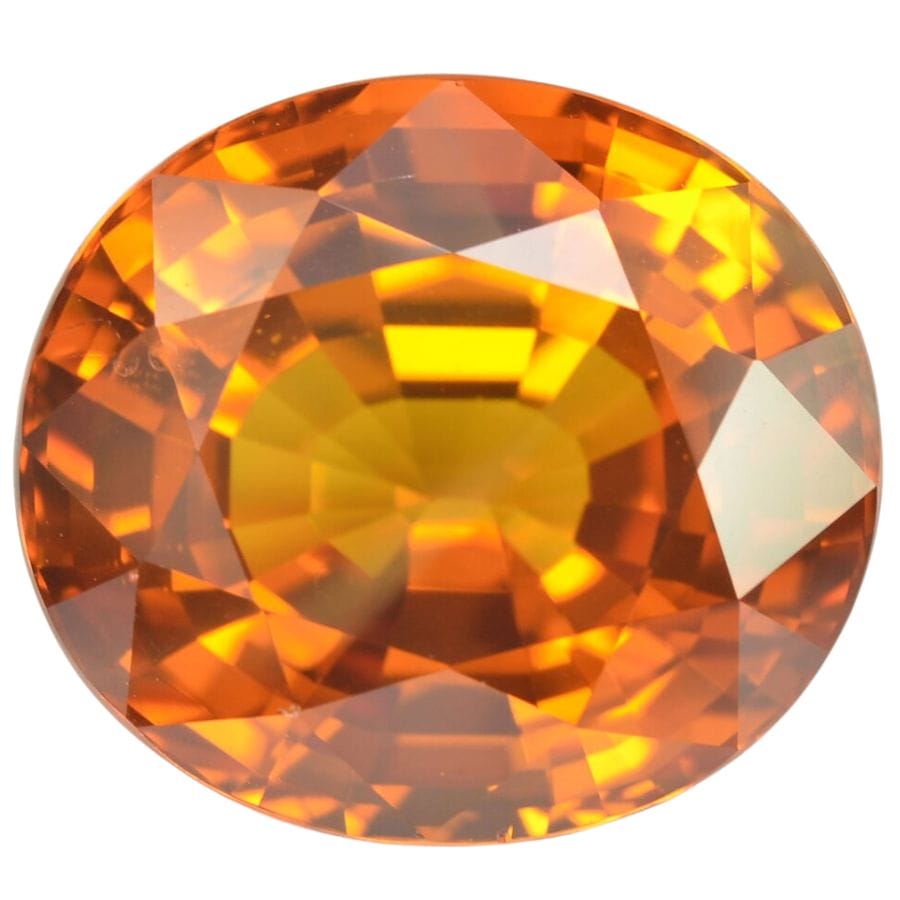
Sapphire
Sapphire is one of the most stunning gemstones out there, and while it’s more commonly associated with places like Sri Lanka or Myanmar, Connecticut has its own sapphire surprises!
The state’s geology is rich, and if you’re into rock hunting or gem collecting, finding sapphires right here in Connecticut could be a thrilling adventure.
What it is and the types of it found in Connecticut
Sapphires are a type of corundum, the same mineral family as rubies, and are typically known for their striking blue color, although they can also appear in a variety of colors, including yellow, green, and even pink.
In Connecticut, most of the sapphires you’ll find are blue sapphires, which are the most famous. They’re typically small but can be quite beautiful when polished.
Why it’s valuable
Sapphires have been treasured for thousands of years for their beauty, durability, and rarity. They’re one of the hardest gemstones (second only to diamonds), which makes them perfect for jewelry that lasts a lifetime.
In Connecticut, sapphires are valuable not only because of their aesthetic appeal but also due to their scarcity. Wondering where to find Sapphires in Connecticut? Our guide has the answers.
Great places to find it here
If you’re looking to try your hand at finding sapphires in Connecticut, here are a few spots where you might just get lucky:
- Farmington River – This river is known for having a variety of gems, including sapphires. It’s a great spot for panning, especially in the areas near the river’s gravel bars.
- Housatonic River – Another prime location for gemstone hunters, the Housatonic River has produced sapphires in the past. Look in the shallow areas with lots of gravel – the best places for finding gemstones.
- Litchfield Hills – The region around Litchfield is rich in geologically interesting formations, and while sapphires aren’t as common as in some other places, there have been occasional finds in the area’s riverbeds and old mining sites.
Each of these places offers a chance to hunt for sapphires, and who knows – you might just uncover a hidden gem!
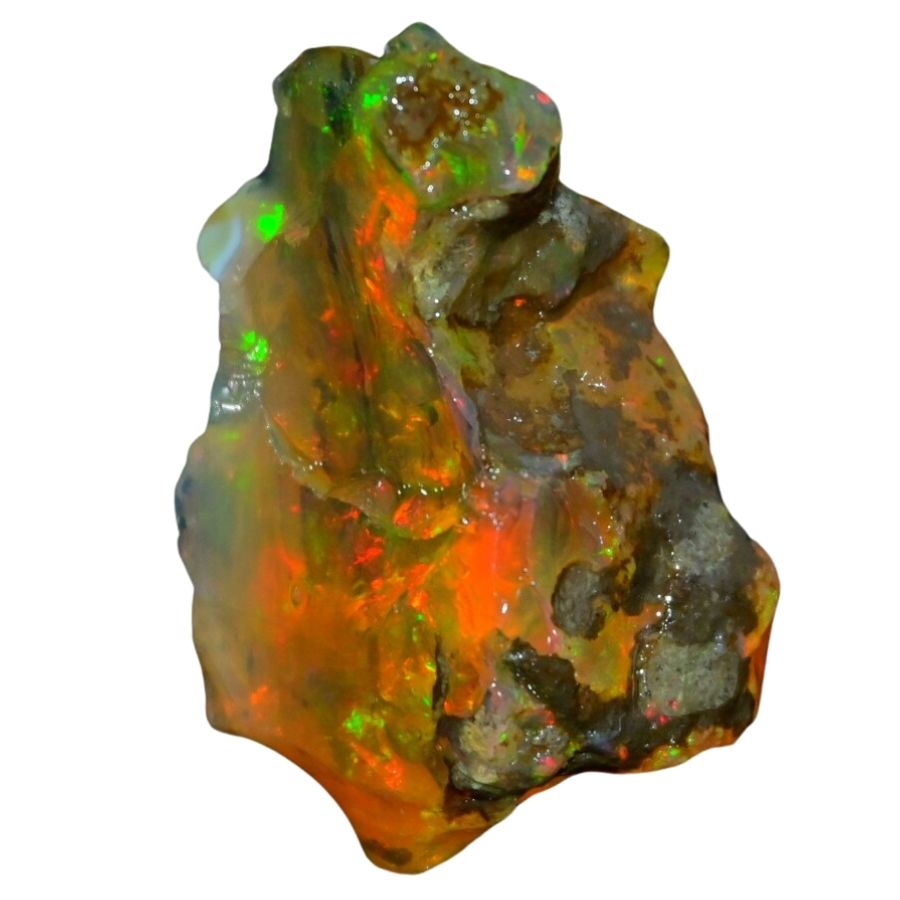
Opal
Opals are one of the most colorful and unique gemstones you can find, and believe it or not, Connecticut has a hidden stash of them waiting to be discovered. Known for their dazzling play of colors, opals are like nature’s little rainbows.
If you’re looking to add something special to your collection or just curious about the world of opals, you’re in for a treat. Let me tell you a bit about what you can expect to find right here in Connecticut.
What it is and the types of it found in Connecticut
Opal is a hydrated amorphous form of silica that’s known for its incredible play of color, which makes it unlike any other gemstone.
In Connecticut, most opals found are common opals, which don’t have the flashiness of precious opals but can still feature some beautiful color play, often in milky white, gray, or even greenish hues.
Why it’s valuable
Opals are valued because of their stunning, multi-colored appearance and their relative rarity. They’re prized for their vibrant color patterns, which make them stand out among other gemstones. While Connecticut’s opals may not be as famous as those found in places like Australia, they still hold a special appeal.
Great places to find it here
Looking for opals in Connecticut is like going on a mini treasure hunt. Here are a few spots where you might be lucky enough to uncover these beauties:
- The Torrington area – Known for its variety of minerals, Torrington is a good place to start if you’re hunting for opals. You might find small opal specimens in the surrounding riverbeds and gravels.
- Farmington River – Many types of gemstones can be found in this river. Opals are rarer, but searching the sandy and gravelly spots could lead to a lucky discovery.
- Litchfield Hills – The area around Litchfield is geologically diverse, which means you might come across opals in some of the region’s old mining areas or near riverbanks where stones have been naturally washed up.
These areas offer a good chance to search for opals, and while they’re not as common as other stones, the thrill of finding one is worth the effort!
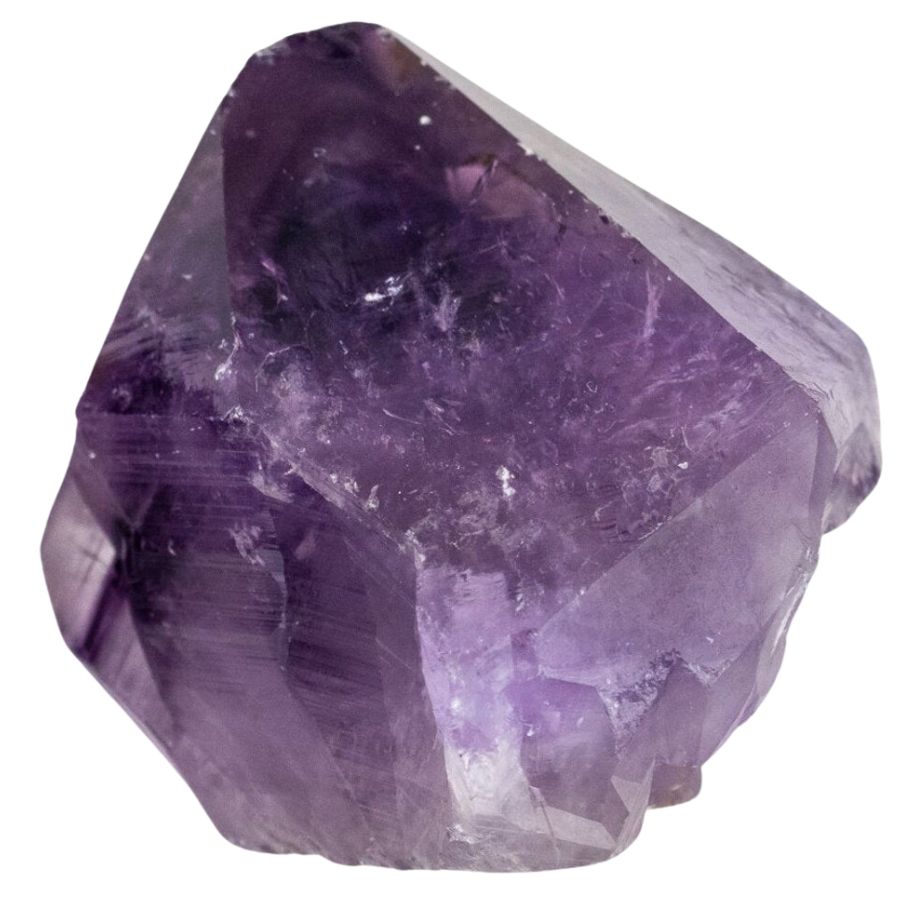
Amethyst
Amethyst is one of the most popular and recognizable gemstones, known for its rich purple color. It’s not only beautiful but also relatively common, making it a great choice for collectors in Connecticut.
If you’re interested in gemstone hunting or just curious about where you might find some stunning amethyst, Connecticut has some great spots to check out.
What it is and the types of it found in Connecticut
Amethyst is a type of quartz, known for its stunning shades of purple, ranging from light lavender to deep violet. It forms in geodes, which are hollow rocks lined with crystals, and can sometimes be found as clusters or individual crystals.
In Connecticut, the amethyst you’ll find is usually in the form of small crystals embedded in rock or scattered in riverbeds. The quality of amethyst found here varies, but you can still come across some really pretty pieces.
Why it’s valuable
Amethyst has been valued for centuries due to its vibrant color and relative rarity in nature. It’s not as expensive as diamonds or sapphires, but it’s still a gemstone worth seeking out.
For collectors, finding even a small piece of amethyst can feel like a real win, especially if it’s in good condition and has that beautiful deep purple hue. Get the full lowdown on Connecticut’s Amethyst with our complete guide.
Great places to find it here
Connecticut has several places where amethyst can be found—here are a few worth exploring:
- The Avon Mountain area – This area is known for its history of amethyst finds. The rock formations in the region sometimes contain amethyst crystals, especially around quarries and old mining sites.
- Farmington River – This river has a variety of gemstones, including amethyst. It’s great for recreational rock hounding, and the gravel bars along the river are where you’re most likely to find amethyst crystals.
- Litchfield Hills – The region around Litchfield offers some of the best chances to find amethyst in Connecticut. The area has several rivers and quarries where amethyst can be found, usually in smaller crystal forms.
These places offer a good chance of finding amethyst, and while it may take some patience, the excitement of finding that perfect purple crystal is totally worth it!
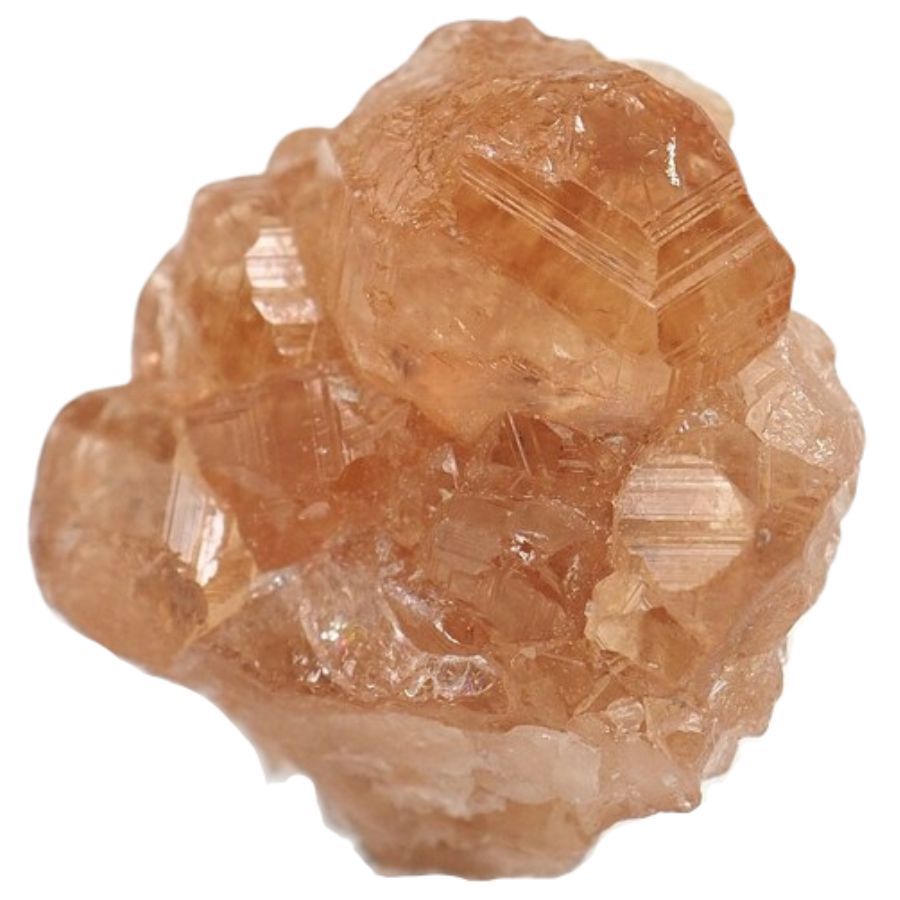
Garnet
Garnet is a true gem of Connecticut—literally and figuratively! Known for its rich red tones and stunning sparkle, it’s actually our state’s official gemstone. Let me fill you in on what makes garnet so special and where you can uncover these beauties.
What it is and the types of it found in Connecticut
Garnet is a group of silicate minerals that come in a variety of colors, though the most common and iconic is a deep red hue. In Connecticut, you’ll mostly find almandine garnets, which are known for their deep, reddish-brown tones.
These gemstones often form in metamorphic rocks like schist and gneiss, which are abundant in the state. Sometimes you’ll find garnets embedded in larger rocks, but it’s also possible to discover loose stones in riverbeds or sandy areas.
Why it’s valuable
Garnet has been prized for centuries as a gemstone for jewelry, thanks to its vibrant color and durability. It’s also used industrially as an abrasive, making it valuable in different fields. Even small, polished stones can fetch a decent price, but the true value comes in finding a perfect specimen on your own—it’s like discovering a piece of the state’s geological history!
Great places to find it here
Connecticut is full of great spots for garnet hunting, and you don’t need to travel far to find some. Here are a few of my favorite places to start your search:
- Roaring Brook in Colchester – This is one of the most popular spots for garnet hunting in the state. The brook is known for yielding bright, beautiful garnets in its sandy and rocky areas.
- Seldom Seen Farm in Roxbury – Roxbury is another hotspot for garnets, especially on private lands like Seldom Seen Farm. With permission, you might be able to explore and find some stunning specimens here.
- Spruce Brook in Beacon Falls – This area has long been a go-to for rock hounds searching for garnets. Look along the brook and in its gravel beds to find loose garnet crystals or stones embedded in rock.
Each of these spots offers a little slice of adventure and the chance to find Connecticut’s state gemstone for yourself! Happy hunting!
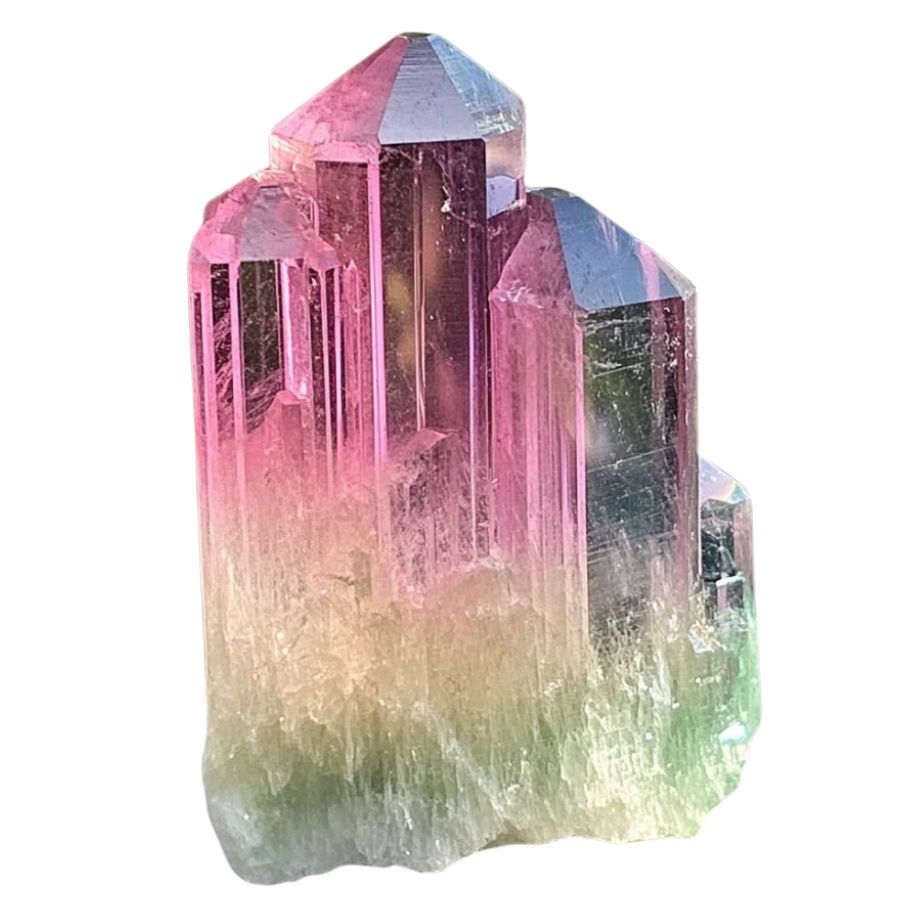
Tourmaline
Tourmaline is one of the most colorful and fascinating gemstones you can find, and Connecticut has its fair share of it hiding in the ground.
This versatile mineral comes in a wide range of hues, making it a favorite among collectors and gem enthusiasts alike.
What it is and the types of it found in Connecticut
Tourmaline is a silicate mineral that comes in nearly every color imaginable, from deep greens and pinks to vibrant blues and even black. In Connecticut, the most common type of tourmaline is schorl, which is usually black and sometimes has a slight bluish tint.
While black tourmaline may not be as flashy as the vibrant varieties, it’s still highly valued for its unique appearance and protective energy, according to some enthusiasts. Occasionally, you might also find traces of green or pink tourmaline here, though they’re less common.
Why it’s valuable
Tourmaline is prized for its stunning variety of colors and its role in jewelry making. High-quality specimens can fetch a good price, especially the more vibrant hues. Even black tourmaline, which is more abundant, is valued for its luster and smooth polish when cut.
Beyond its monetary value, tourmaline is beloved for its metaphysical properties—many people believe it has grounding and protective qualities, making it a popular stone for collectors and spiritual enthusiasts alike.
Great places to find it here
Connecticut offers several spots where you might stumble upon tourmaline, whether you’re an experienced collector or just starting out. Here are some great places to begin your search:
- Haddam area – This region is known for its pegmatite deposits, where black tourmaline can often be found embedded in the rock. Keep an eye out for schorl crystals along old quarry sites.
- Chester Creek – This spot has been a favorite for rock hounds looking for black tourmaline and other minerals. The creek’s gravel beds and nearby rock outcrops can be rewarding areas to explore.
- Stratford quarries – Quarries around Stratford have historically produced black tourmaline crystals, often in good condition. With permission to access, these areas can be a treasure trove for mineral enthusiasts.
These spots are just the beginning, and with a bit of patience, you could end up with some amazing tourmaline specimens to add to your collection. Happy hunting!
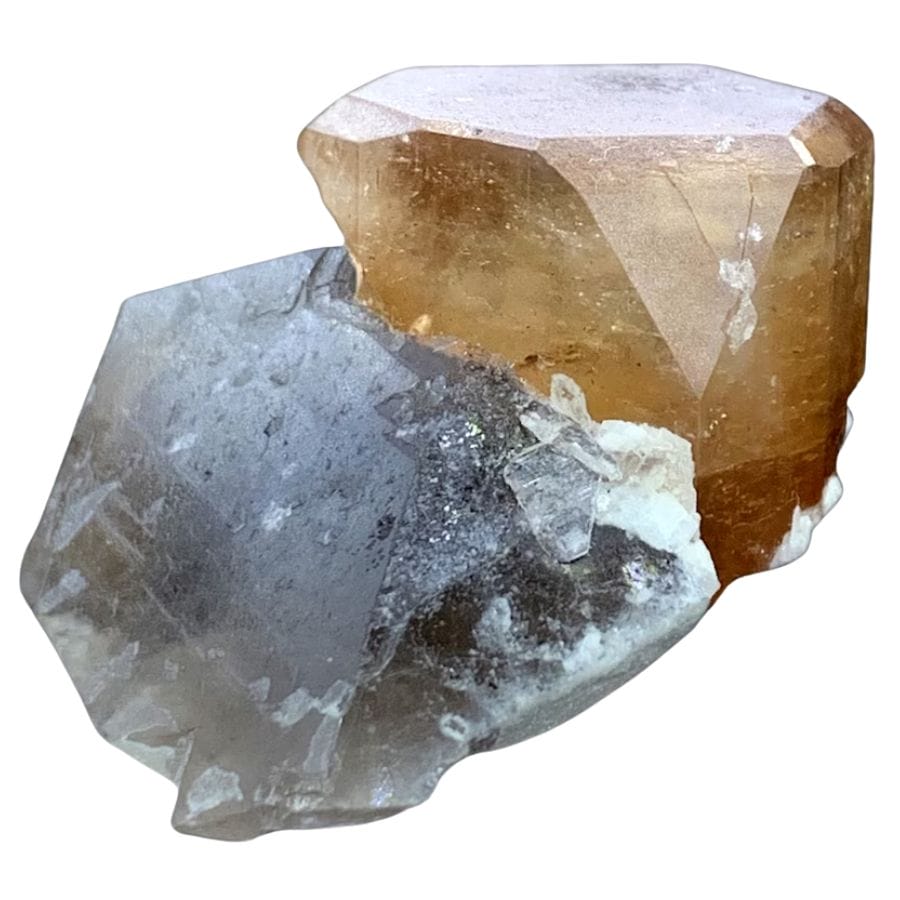
Topaz
Topaz might not be the first gemstone you think of when you picture Connecticut, but this sparkling treasure can be found right here in our state if you know where to look.
With its brilliant colors and dazzling clarity, topaz is a must-find for anyone who loves hunting for gems. Let me tell you all about it and where to go searching!
What it is and the types of it found in the state
Topaz is a silicate mineral that typically forms in igneous rocks like pegmatites. It’s best known for its stunning clarity and vibrant colors, which range from golden yellows to pale blues and even pinks.
In Connecticut, topaz is rare but can be found in shades of clear to light yellow. These crystals often occur in association with other minerals like quartz and mica, making them an exciting find for collectors.
Why it’s valuable
Topaz is highly prized for its beauty and durability, making it a popular choice for jewelry. Larger, high-quality crystals are especially valuable, but even smaller pieces are worth collecting for their natural beauty.
Great places to find it here
Topaz is a rare gem in Connecticut, but it’s not impossible to find if you visit the right spots. Here are a few places where you might uncover this hidden treasure:
- Haddam Quarries – The pegmatite formations in the Haddam area are known for producing a variety of minerals, including occasional topaz crystals. Keep an eye out for clear or pale yellow stones among the larger quartz and feldspar deposits.
- Middletown Pegmatites – Middletown has several old pegmatite quarries that have yielded topaz in the past. With permission to explore, these areas can be worth a visit for dedicated rock hounds.
- Tolland County Streams – Some streams in Tolland County are known to carry mineral deposits from nearby pegmatites. Searching through gravel beds could lead to finding small topaz crystals mixed in with other treasures.
Finding topaz here might take some patience, but the reward is well worth it. Plus, exploring these spots is always an adventure in itself! Happy hunting!
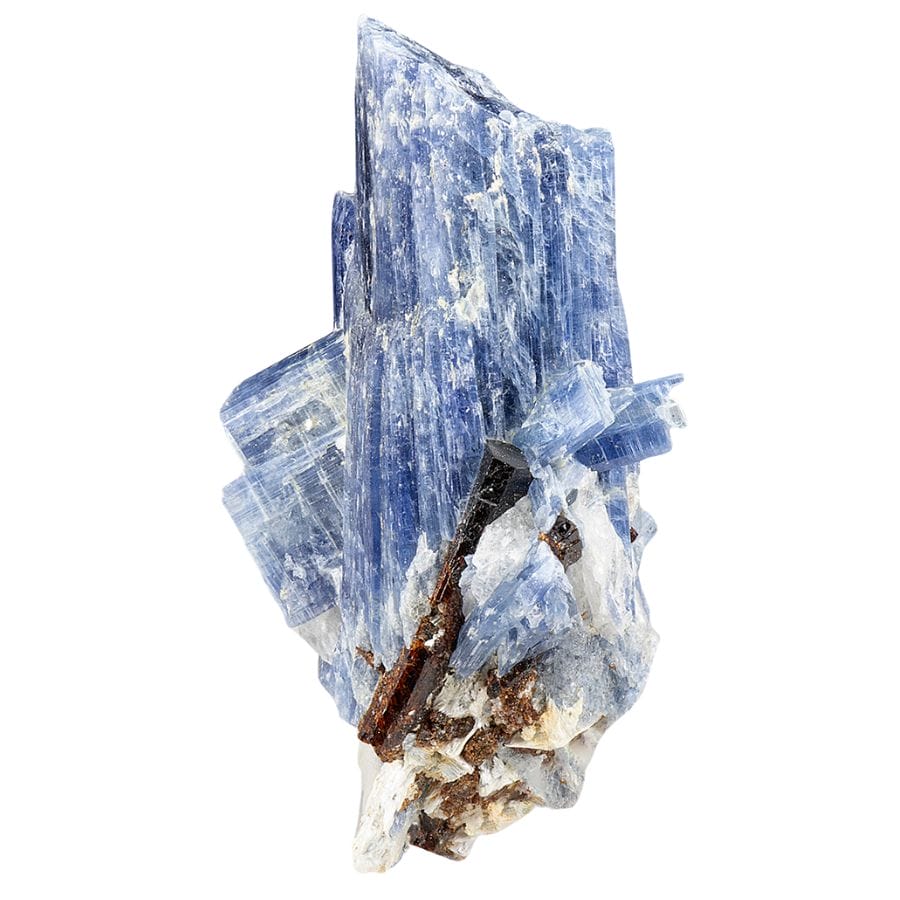
Kyanite
Kyanite is one of the more unique and eye-catching minerals you can find in Connecticut. With its striking blue hues and crystal blade-like structure, it’s a gem enthusiast’s dream.
What it is and the types of it found in the state
Kyanite is an aluminum silicate mineral that typically forms in long, bladed crystals. Its most common color is a rich blue, but it can also be found in shades of green, gray, or even colorless.
In Connecticut, blue kyanite is the standout variety, often appearing in metamorphic rocks like schist. These crystals can grow in fascinating formations, making them a popular find for collectors.
Why it’s valuable
Kyanite is prized for its beauty and its versatility. Its brilliant blue crystals are sought after for jewelry, and its unique properties make it useful in industrial applications like heat-resistant ceramics.
For rock hounds and collectors, the appeal lies in its rarity and the way it seems to shimmer when light hits it just right. Even a small specimen of kyanite can feel like a precious treasure.
Great places to find it here
Kyanite isn’t everywhere in Connecticut, but there are some promising locations where you can try your luck. Here are a few places to check out:
- Litchfield Hills – This area is known for its metamorphic rocks, which often host kyanite crystals. Search along rocky outcrops and stream beds for the best chances of finding those signature blue blades.
- Norwich Area – The surrounding quarries and hills have been known to produce kyanite in schist formations. With permission, these sites can be a fantastic spot for collectors.
- Salmon River State Forest – Along some of the forest’s rocky trails and riverbanks, you might spot kyanite crystals. It’s a great place for a hike and some rock hunting rolled into one adventure.
Finding kyanite here can be a challenge, but the thrill of uncovering these stunning crystals makes it all the more exciting. Good luck and happy hunting!
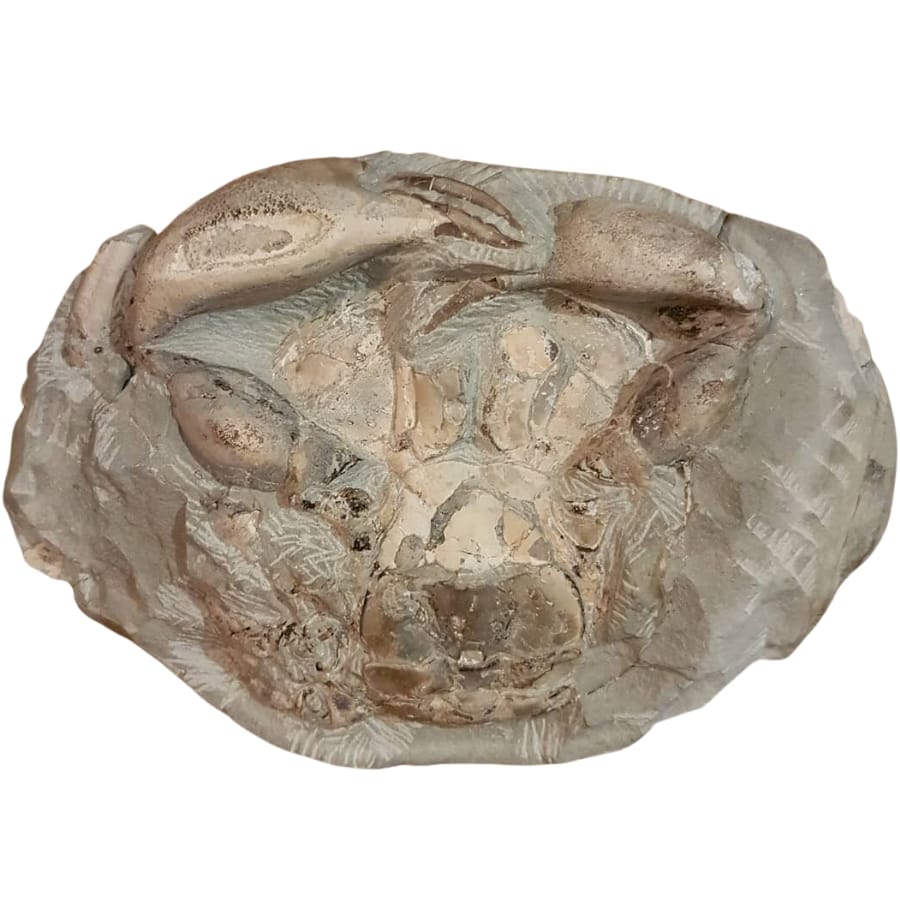
Fossils
Fossils are some of the coolest treasures you can find right here in Connecticut. They’re like time capsules, preserving pieces of ancient life that once roamed or thrived in our area.
If you’ve ever dreamed of holding a piece of history in your hands, fossils are the way to go. Let’s dive into what you can discover and where to look!
What it is and the types of it found in the state
Fossils are the preserved remains, impressions, or traces of organisms that lived millions of years ago. In Connecticut, you can find fossilized plant material, dinosaur tracks, and even marine life from when the area was covered by shallow seas.
The most famous fossils here are the dinosaur tracks, but other finds, like leaf imprints and shells, are also out there waiting to be uncovered.
Why it’s valuable
Fossils are valuable not just in monetary terms but also for the story they tell. They give us a glimpse into the ancient world, revealing details about ecosystems and species that no longer exist.
For collectors, fossils are prized for their uniqueness, as no two are exactly alike. Plus, they’re a tangible connection to the Earth’s history, making them a fascinating addition to any collection.
Great places to find it here
Connecticut has some incredible fossil-hunting spots, and many of them are accessible for beginners and seasoned hunters alike. Here are a few places to start your journey:
- Dinosaur State Park in Rocky Hill – This is the go-to spot for fossil enthusiasts. The park is famous for its preserved dinosaur tracks, and the exhibits and surrounding area are a must-visit for anyone interested in fossils.
- Connecticut River Valley – Along the banks of the Connecticut River, you might find fossilized plant material or smaller traces of ancient life.
- Portland Brownstone Quarries – With permission, this historic site has been known to yield fossils, particularly impressions of plants and small marine life. It’s a hidden gem for fossil hunters.
Uncovering fossils is like stepping into a time machine, offering a glimpse into a world long gone. Looking to find Fossils in Connecticut? Our guide is packed with everything you need!
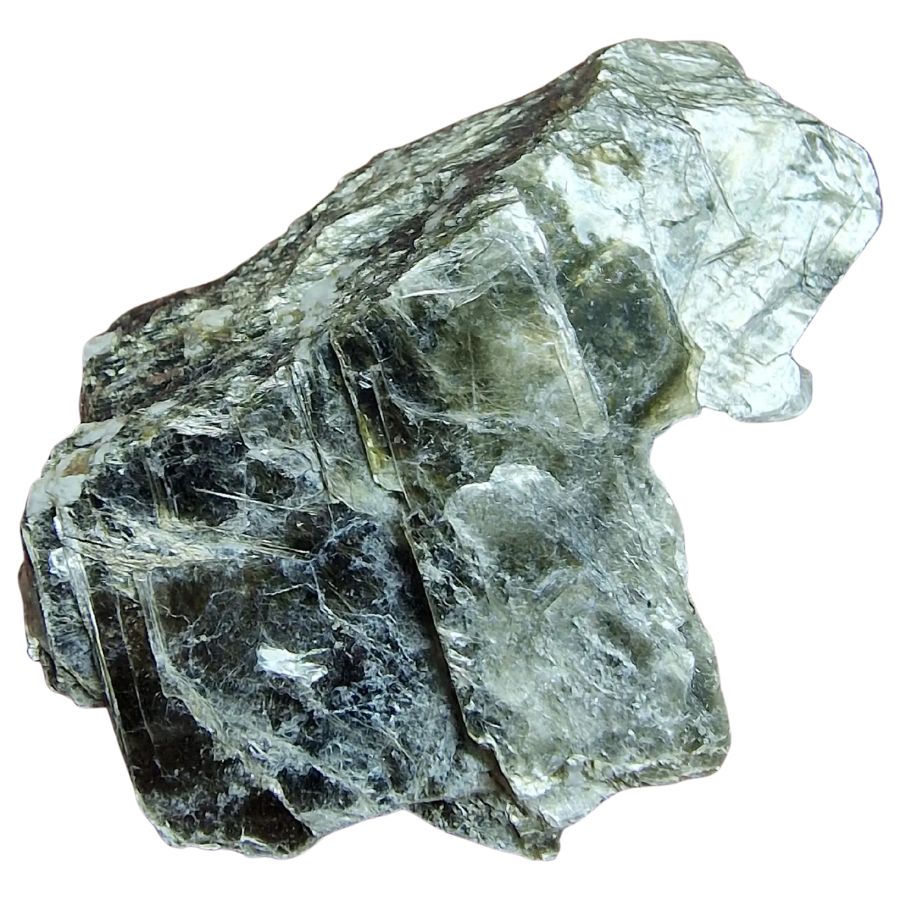
Silver
Silver is one of those treasures that feels a bit magical to find. While it’s not as common in Connecticut as some other minerals, it has a fascinating history here, and with the right know-how, you might stumble upon a piece of this shiny metal yourself.
What it is and the types of it found in the state
Silver is a precious metal known for its shiny, metallic luster and conductivity. In Connecticut, silver is most often found as part of veins in metamorphic or igneous rocks, sometimes alongside other metals like lead or copper.
While pure silver specimens are rare here, silver-bearing minerals like argentite and galena can sometimes be found.
Why it’s valuable
Silver has been treasured for centuries for its beauty and versatility. It’s used in everything from jewelry and coins to electronics and photography. For collectors, silver is valuable for its rarity and shiny appeal, while for prospectors, the potential monetary value adds an exciting edge to the hunt. Want to know where to find Silver in Connecticut? Our guide breaks it all down for you!
Great places to find it here
Silver hunting in Connecticut takes some patience, but there are a few places worth exploring. Here are a few spots to check out:
- Simsbury Area – Historically, Simsbury was a hotspot for silver mining. Old mining areas and rock outcrops nearby could still hold traces of silver-bearing minerals.
- Salisbury Iron Mines – While these mines are more famous for iron, they’ve also been known to yield small amounts of silver. If you’re exploring the surrounding rock formations, keep an eye out!
- Naugatuck Valley – This region’s geology includes areas where silver-bearing minerals have been discovered in the past. Look for exposed rock faces or stream beds for potential finds.
Searching for silver is like a modern-day treasure hunt, and even if you don’t strike it rich, the thrill of the chase makes it all worthwhile. Good luck, and happy hunting!
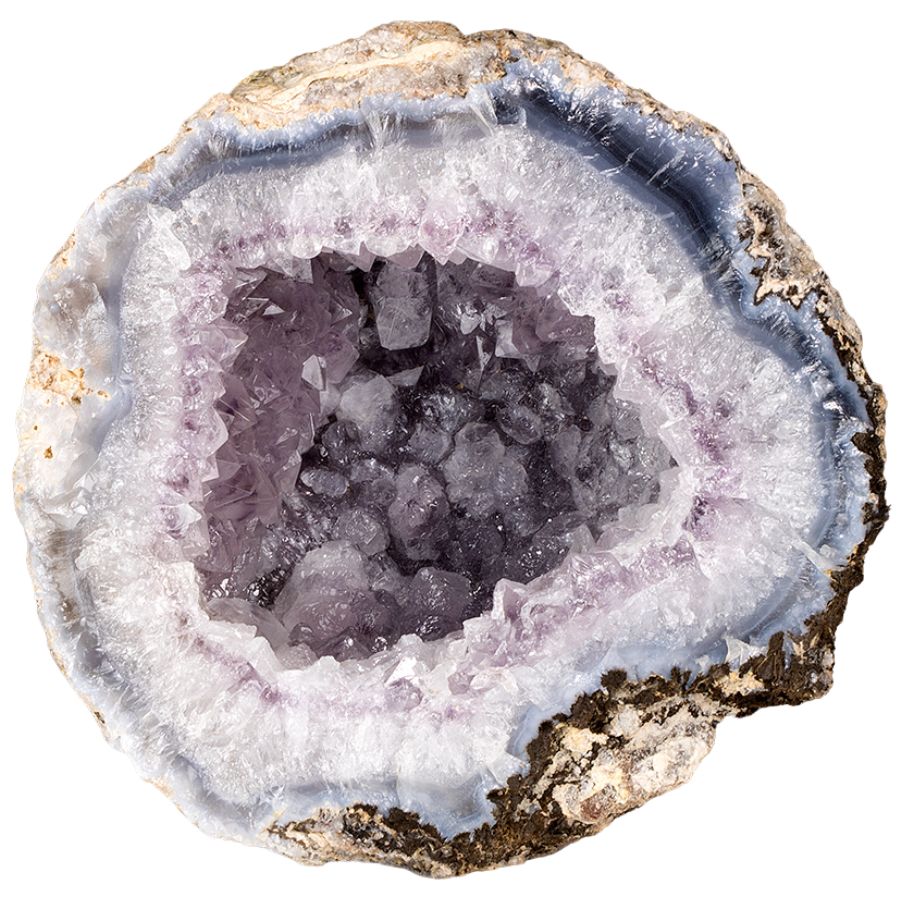
Geodes
Geodes are one of the coolest treasures you can find here in Connecticut. On the outside, they look like plain, ordinary rocks, but crack one open, and you’ll discover a stunning world of sparkling crystals inside. If you’ve got an eye for adventure and a hammer in hand, geode hunting is a fun and rewarding activity!
What it is and the types of it found in the state
Geodes are hollow rocks lined with crystals inside. They form over thousands of years when mineral-rich water seeps into voids within rock layers, leaving behind crystal deposits as it evaporates.
In Connecticut, you’ll mostly find geodes with quartz or calcite crystals, but sometimes, you’ll get lucky with other minerals like amethyst or chalcedony.
Why it’s valuable
Geodes are valuable for their beauty and uniqueness. Each one is like a natural work of art, with no two being exactly alike. For collectors, geodes are prized for their aesthetic appeal, while for kids and hobbyists, cracking one open feels like uncovering buried treasure. Larger geodes or ones with rare minerals can even fetch a decent price!
Great places to find it here
Geodes can be tricky to locate, but there are a few hotspots in Connecticut where you might have some luck. Here’s where to start your search:
- Fairfield County – This area has been known to yield quartz geodes, especially near rocky outcrops or stream beds. A little patience and digging could uncover something special.
- Litchfield Hills – Known for its diverse geology, this region offers a chance to find geodes nestled within sedimentary rocks. Look around exposed cliffs or loose rock piles.
- Quarry Sites (With Permission) – Old quarries in the state sometimes hold geodes among their debris. Always get permission to explore and keep an eye out for round or egg-shaped rocks that could be hiding crystals inside.
Hunting for geodes is like opening a surprise gift from nature. Whether you find a sparkling quartz cluster or something rarer, it’s always a thrill to see what’s inside. Happy exploring! Intrigued? Get all the info you need on finding Geodes in Connecticut in our guide!
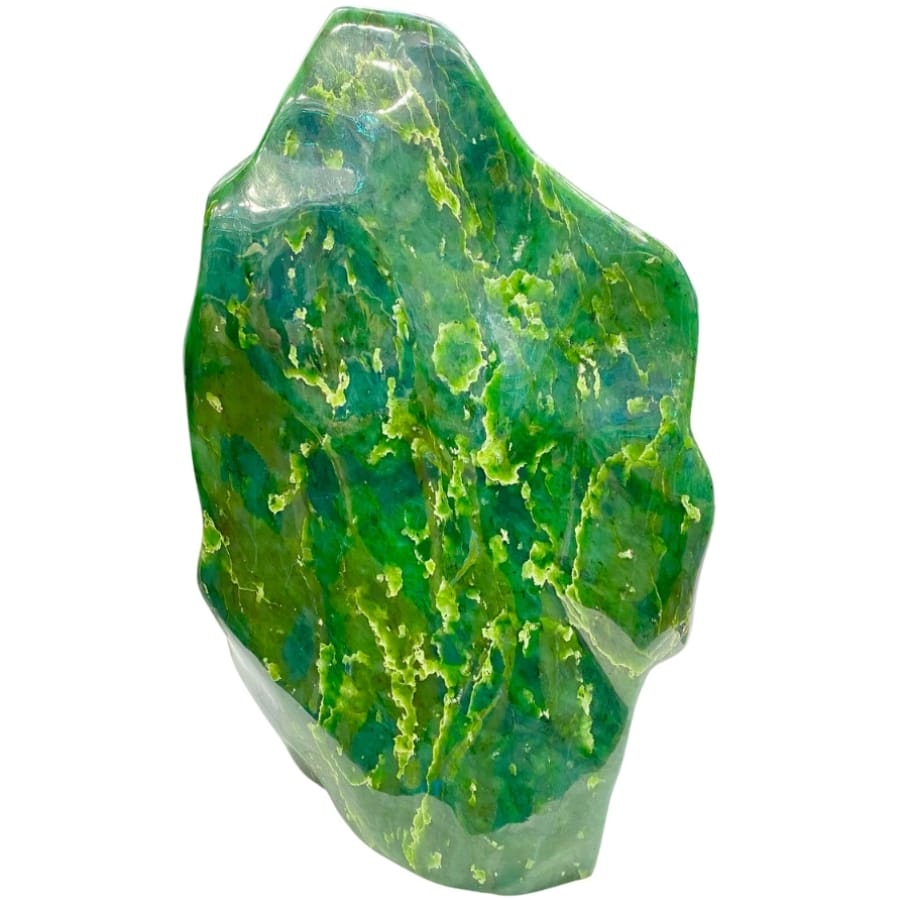
Jade
Jade has a timeless beauty and an air of mystery that makes it one of the most sought-after stones. While not as common here in Connecticut as in some other parts of the world, small amounts of jade-like minerals can still be found in our state if you know where to look.
What it is and the types of it found in the state
Jade is a term that generally refers to two minerals: jadeite and nephrite. Both are known for their toughness and rich green hues, though they can come in a range of colors.
In Connecticut, nephrite, which is a form of actinolite, is the type you’re more likely to encounter. It’s often found in metamorphic rocks and may appear in shades of green, gray, or even white.
Why it’s valuable
Jade has been treasured for centuries in cultures worldwide for its durability, beauty, and symbolic meanings like purity and protection. Even today, it’s highly prized in jewelry and carvings.
While Connecticut jade may not reach the top-tier quality of Asian jade, it’s still valuable to collectors and hobbyists who appreciate its rarity in the local landscape.
Great places to find it here
If you’re up for a bit of exploration, here are a few spots in Connecticut where nephrite jade or similar minerals might turn up:
- The Taconic Range – The metamorphic rocks in this area sometimes contain nephrite deposits. Look for stream beds or rock outcrops where weathering might expose jade-like stones.
- Northwest Highlands – Known for its unique geology, this region is a good place to hunt for actinolite and related minerals, which can resemble jade in appearance.
- Old Quarries and Mines – Abandoned quarries in Connecticut can be a goldmine for finding unusual minerals, including nephrite. Just make sure to get permission if you’re entering private property.
Hunting for jade in Connecticut might not yield gemstones worthy of a royal crown, but the thrill of finding your own slice of this legendary stone is hard to beat!
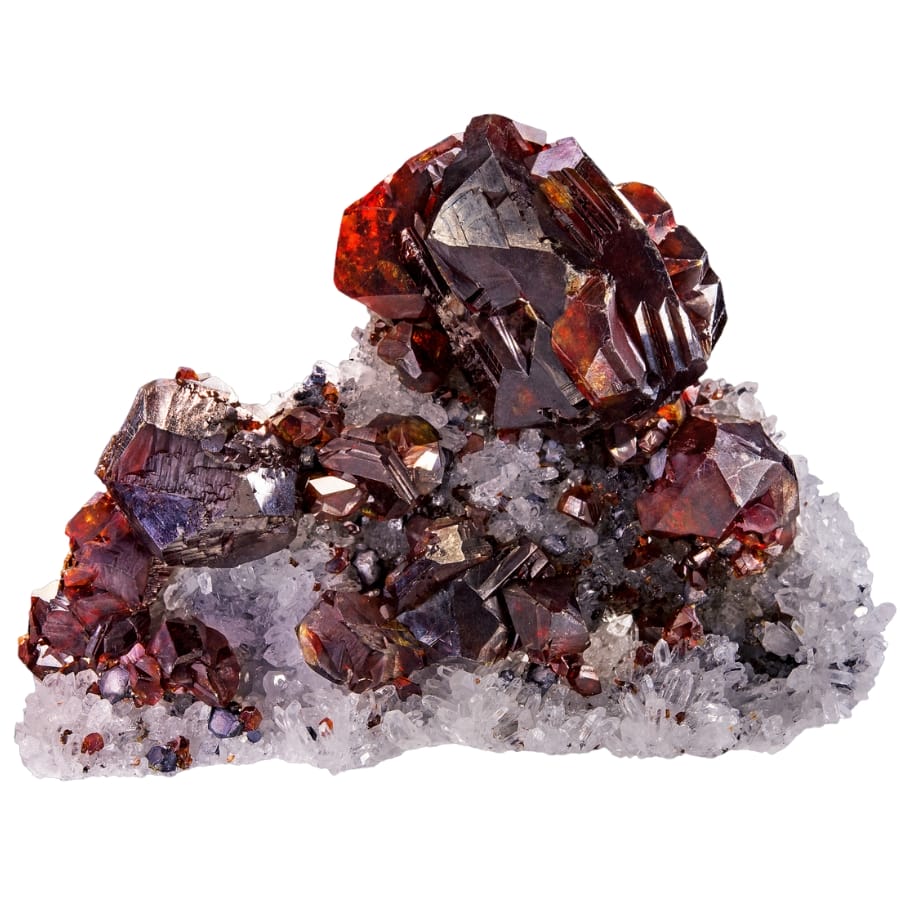
Sphalerite
Sphalerite is one of those minerals that doesn’t get as much attention as gold or gemstones, but it’s a fascinating find that’s well worth searching for.
This shiny, complex mineral is not only intriguing to look at but also has some unique uses and value.
What it is and the types of it found in the state
Sphalerite is a zinc sulfide mineral and is often found in deposits alongside other metals like galena and chalcopyrite. It’s known for its dazzling luster and wide range of colors, from dark brown to vibrant yellow or even red, depending on its iron content.
Why it’s valuable
Sphalerite is the primary ore of zinc, which is a critical metal for industry and manufacturing. Beyond its practical uses, high-quality sphalerite crystals are prized by collectors for their striking appearance, especially if they’re transparent or display a range of colors. For local collectors, finding a sphalerite specimen is a rewarding addition to any collection.
Great places to find it here
If you’re curious about tracking down some sphalerite in Connecticut, here are a few places to start your search:
- Salisbury Area – Known for its historic iron mines, the Salisbury area also has potential for finding sphalerite and other associated minerals. Check rocky outcrops and old mine tailings.
- Bristol Copper Mine Area – The remnants of old copper mining operations in Bristol sometimes yield minerals like sphalerite, along with other metallic treasures.
- Haddam Neck – The metamorphic rock formations in this area have been known to contain interesting minerals, including sphalerite and other sulfides.
Finding sphalerite in Connecticut can be like uncovering a little-known treasure. With its unique shimmer and industrial importance, it’s a fascinating mineral to add to your collection!
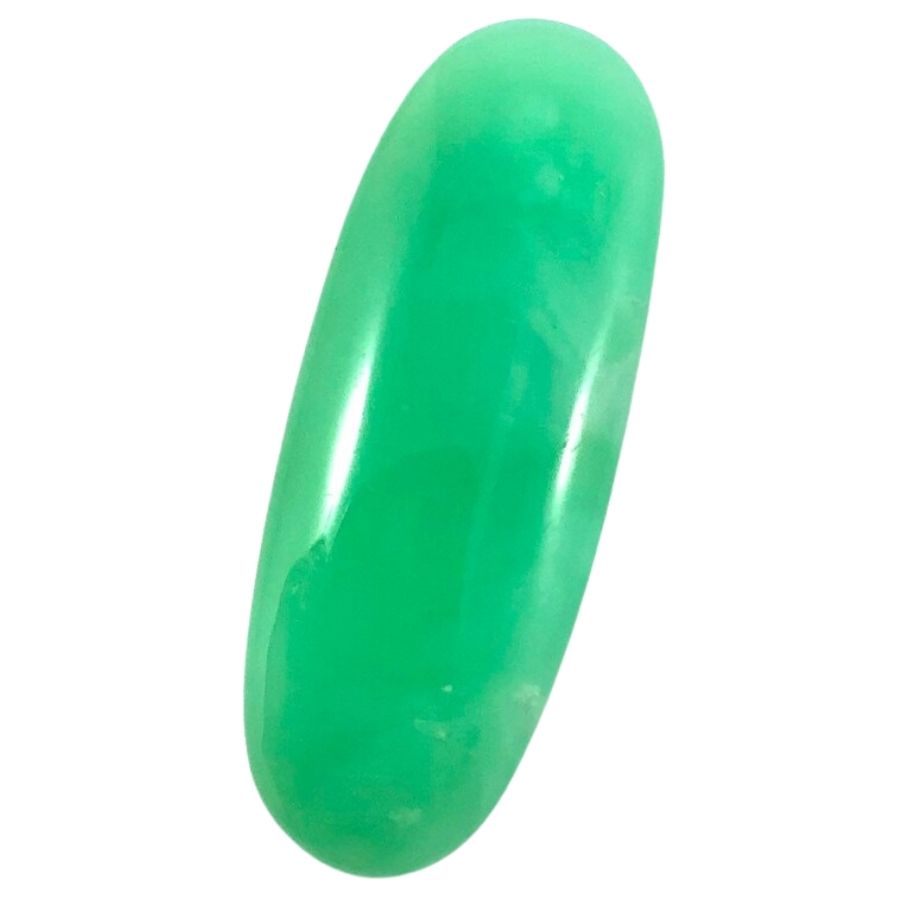
Chrysoprase
Chrysoprase is one of those lesser-known gems that’s both striking and valuable. With its vibrant green color, it’s easy to see why collectors and jewelry makers alike covet this gemstone. It’s not always easy to find, but if you know where to look, Connecticut has a few spots where you might just stumble upon this beautiful mineral.
What it is and the types of it found in the state
Chrysoprase is a variety of chalcedony, a form of quartz. Its signature apple-green color comes from trace amounts of nickel, which gives it a rich, eye-catching hue. In Connecticut, chrysoprase is typically found in areas with serpentine rock formations, which provide the right conditions for the mineral to form.
Why it’s valuable
Chrysoprase is valuable not just for its beautiful color but also because of its rarity. It’s often used in jewelry, especially for pieces like cabochons or beads, and can be quite pricey when it’s of high quality.
The bright, translucent green is particularly sought after, and when the stone is cut well, it can make for some stunning, one-of-a-kind jewelry.
Great places to find it here
If you’re hoping to find some chrysoprase in Connecticut, here are a few spots worth checking out:
- Serpentine Barrens in New London County – Known for its unique rock formations, this area has a history of chrysoprase discoveries. Look around the serpentine-rich areas for signs of the green gem.
- The Portland Quarry – This quarry has been the site of various mineral finds, and chrysoprase is one of the rarer minerals that can sometimes be found in the rock dumps.
- The Cromwell Hills – The serpentine rocks here are home to a variety of minerals, including chrysoprase. Check along the outcrops and in areas with well-exposed bedrock.
Finding chrysoprase in Connecticut might take some patience, but the payoff is definitely worth it. Whether you’re looking to add to your collection or simply enjoy the thrill of the hunt, this green gem is a hidden treasure in the state.
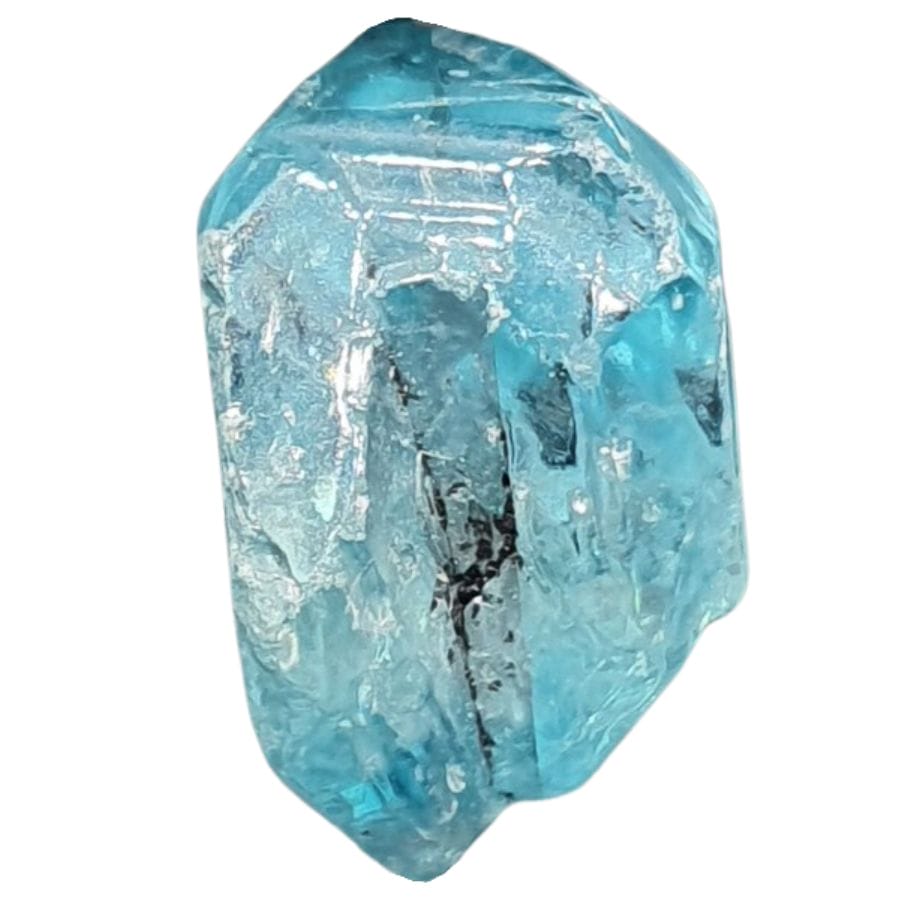
Zircon
Zircon is a fascinating mineral that often surprises people when they realize it can be found in Connecticut. Known for its beautiful range of colors, from colorless to deep blue, zircon is a gemstone that packs a lot of history and value.
Though it’s not as common as some other stones, Connecticut does offer a few places where you can search for this gemstone.
What it is and the types of it found in the state
Zircon is a silicate mineral that comes in many colors, though the most common types in Connecticut are colorless or pale blue. It’s one of the oldest minerals on Earth, with some zircons dating back over 4 billion years, which is pretty mind-blowing! In Connecticut, zircon is often found in areas with metamorphic rocks, like granite and pegmatite veins.
Why it’s valuable
Zircon is valuable for several reasons. Not only is it a beautiful gemstone, but it also has a high refractive index, meaning it sparkles with brilliance, much like diamonds. High-quality zircon can come in many colors, and the blue varieties are especially prized.
In addition to its aesthetic value, zircon is also used in various industrial applications, such as in the production of ceramics and heat-resistant materials. As a collector’s item, finding a piece of zircon is a fun and rewarding experience, especially since it can be quite rare in certain areas.
Great places to find it here
If you’re interested in searching for zircon in Connecticut, here are a few spots where you can start your search:
- The Torrington Area – The pegmatite veins in this region are known for containing various gemstones, including zircon. It’s a great spot to start if you’re looking to find some.
- The Sharon Ledge – This area, known for its granitic rocks, has been a source of many mineral finds, including small zircon crystals. Check around the weathered rock surfaces for any glimmering stones.
- West Hartford – This area has a rich history of gem hunting, with zircon being among the gems occasionally found in the local pegmatite deposits. Exploring the old mining sites around here can be rewarding.

